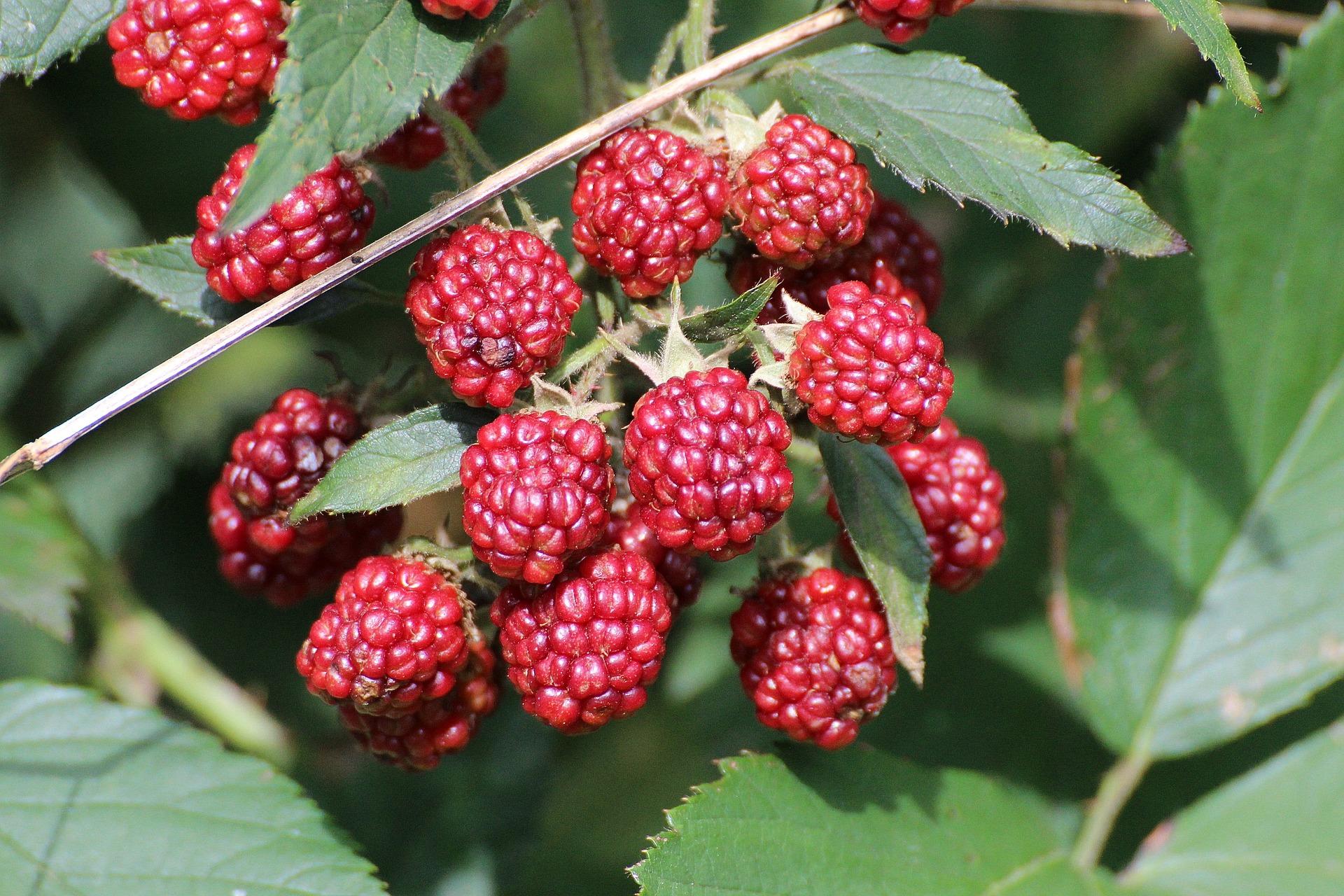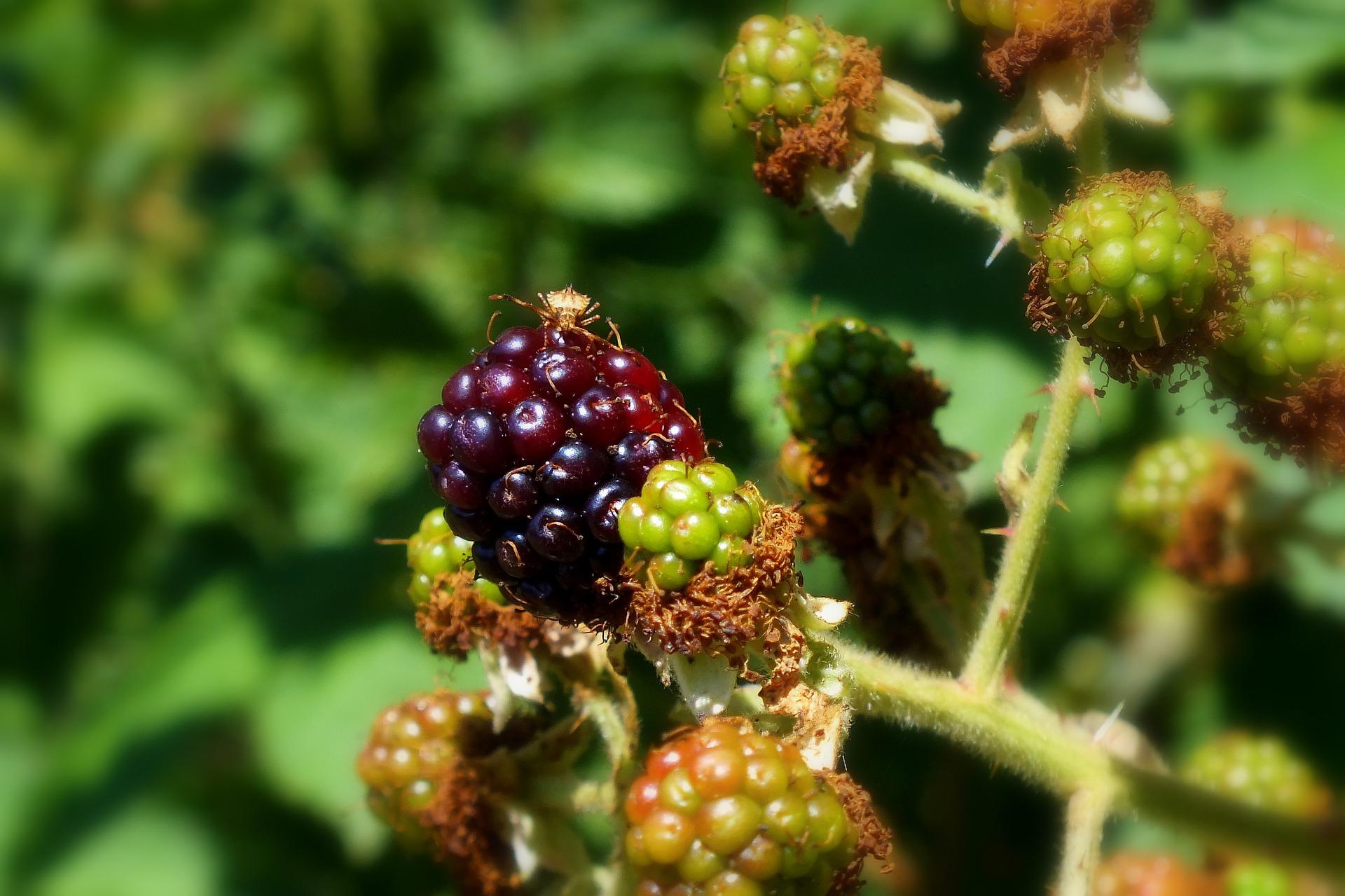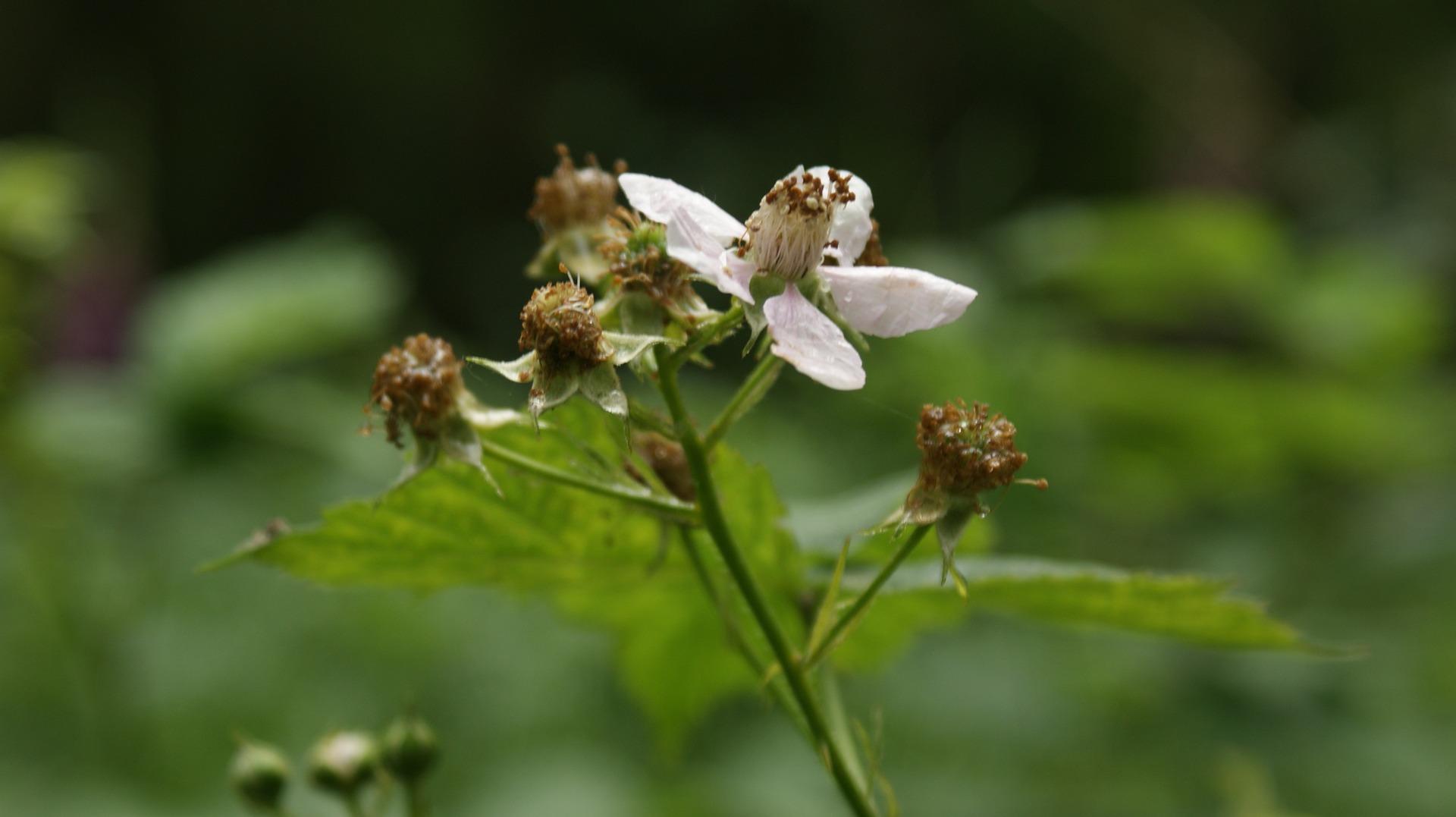Growing Blackberries at the Allotment
How to Grow Blackberries: A Detailed Guide
Despite being commonly referred to as berries and consumed as fruits, blackberries are technically an aggregate fruit, composed of numerous smaller drupelets. If you are wondering how to grow blackberries, allow us to help you with the detailed information.
From choosing the right location for the plant to the right time to harvest, we will uncover all the essential tips for an abundant blackberry harvest.
If you grow blackberries at your allotment, share your tips here
When to Grow Blackberries
Blackberries can be grown in the UK and are typically present from late spring to early autumn.
Blackberry canes can be planted from January to April and come in a range of varieties along with hybrid berries that grow similarly, such as loganberries, dewberries and tayberries to name a few.
It's important to note, though, that blackberries are quite resilient and can tolerate a range of conditions, so they can be planted throughout the year with proper care.
Where to Grow Blackberries
They like a sunny spot and regular watering when they are bearing fruit, although blackberries are hardy, so can cope with little water.
Make sure that the chosen location has sufficient space for the blackberry plants to spread, as they grow fast. If you are tight for space, you may want to train it along a fence.
How to Plant Blackberries
Bareroot blackberry plants can be bought when they are dormant and planted in the winter months and require a good space for growth. They do not need to be planted deeply but have the width for roots and expansion.
Space your blackberry plants about 3-4 feet apart in rows with 6-8 feet between rows to allow for adequate airflow and future growth.
How to Take Care of Blackberries Plants
When you have planted your cane, trim it off to approximately 9 inches to healthy buds and support straight away due to its fast growth pace. Trimming straight away will help send healthy shoots in Spring onwards.
Prune and train the growth regularly to encourage airflow to the fruit. Your vigorous blackberry plant will soon take over if you neglect it, so make sure to stay on top of it.
When training and pruning, do it in a way that will make for easy harvesting and cutting back during the winter when the flowering and fruit are spent.
When and How to Harvest Blackberries
You will be able to harvest a good crop of blackberries one year from planting onwards, the fruit will be dark and easy to pull during late summer and into autumn. Red berries tend to be more tart in flavour.
To harvest blackberries, wait until the berries are fully ripe and detach from the plant with a gentle tug. Avoid picking berries that are still red or firm, as they are not fully ripe.
Common Problems with Blackberries
- Common pests that affect blackberries include aphids, spider mites, and raspberry fruitworms. These pests can cause damage to leaves, flowers, and fruit, impacting plant health and yield.
- Blackberries are susceptible to diseases such as powdery mildew, which appears as a white powdery substance on leaves and stems, and Botrytis fruit rot, which causes fruit to become mouldy and rot.
- Excessive moisture in the soil can lead to root rot, a fungal disease that affects the roots of blackberry plants, causing them to rot and eventually die.
- Thrips are tiny insects that can cause damage to blackberry foliage by feeding on plant tissues, resulting in distorted leaves and reduced plant strength.
Popular Blackberry Varieties
- Varieties such as 'Loch Ness' and 'Chester' are valued as they lack thorns, making them easier to harvest and manage.
- 'Marion' is favoured by many gardeners for its excellent flavour.
- ‘Apache Blackberry’ produces large, firm berries with a rich, sweet flavour, making it a popular choice among many gardeners.
- ‘Helen' is a high-yielding variety that produces large, glossy black berries with a sweet flavour.
Trying out different blackberry varieties is a learning process for many allotment growers, making the process of growing blackberries in the UK an enjoyable one.
The Different Ways to Use Blackberries
Learning how to grow blackberries can help you enjoy a variety of delicious dishes.
- Blackberries can be eaten fresh. You can freeze them or use them for many dessert recipes and jams.
- You can blend blackberries with other fruits, yoghurt, or milk to make delicious and nutritious smoothies.
- Add blackberries to pies, cobblers, crisps, muffins, cakes, and other baked goods for a sweet and tangy flavour.
- Make homemade blackberry jam, jelly, or preserves to enjoy on toast, pancakes, or as a topping for desserts.
- Dry blackberries to make homemade fruit sweets or add them to trail mix for a nutritious snack option.
Growing Blackberries in the UK: A Summary
Planting Blackberries
- Plant canes with generous space
- Support straight away
- Trim off to healthy bud
Growing Blackberries
- Prune and train regularly to keep control and air to the fruit
- Train for easy picking
- Water during dry spells, although very resilient
Harvesting Blackberries
- When plump and dark
- Lighter red ones are more tart
- You can freeze blackberries
Sign Up for Our Newsletter or Become A Member Today!
Here at Allotment Online, we are a happy and growing community of allotment growers. We are here to support and guide you at every stage of your allotment journey, whether you're just starting or have years of experience.
We want to hear your growing experience, so sign up here and share your best and worst grows on our blog page!
We offer valuable resources, tips, and guidance to help you succeed in your gardening journey. Whether you are wondering how to grow blackberries, grapes, tomatoes or anything else, we will help you out!





